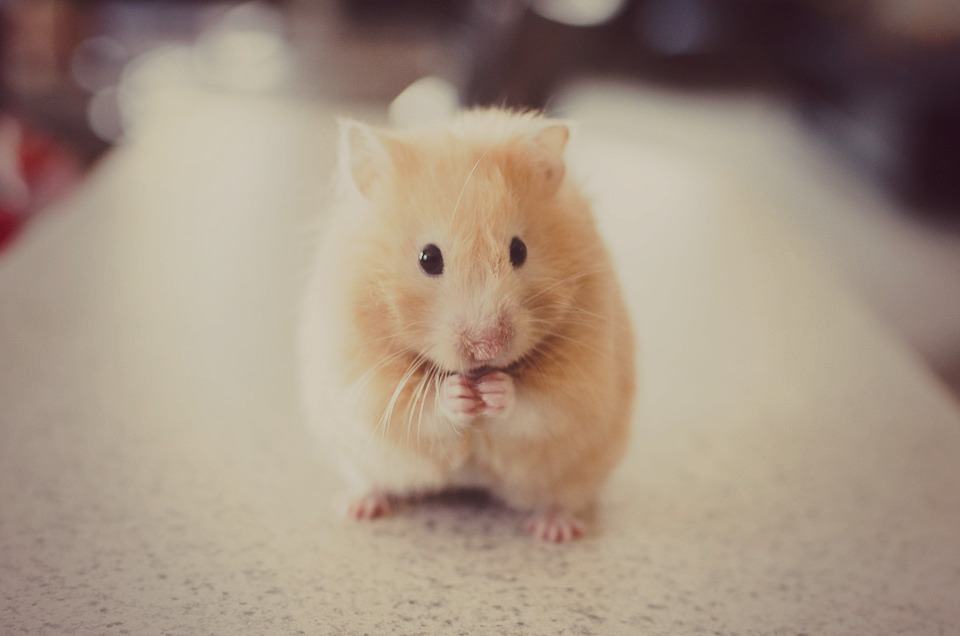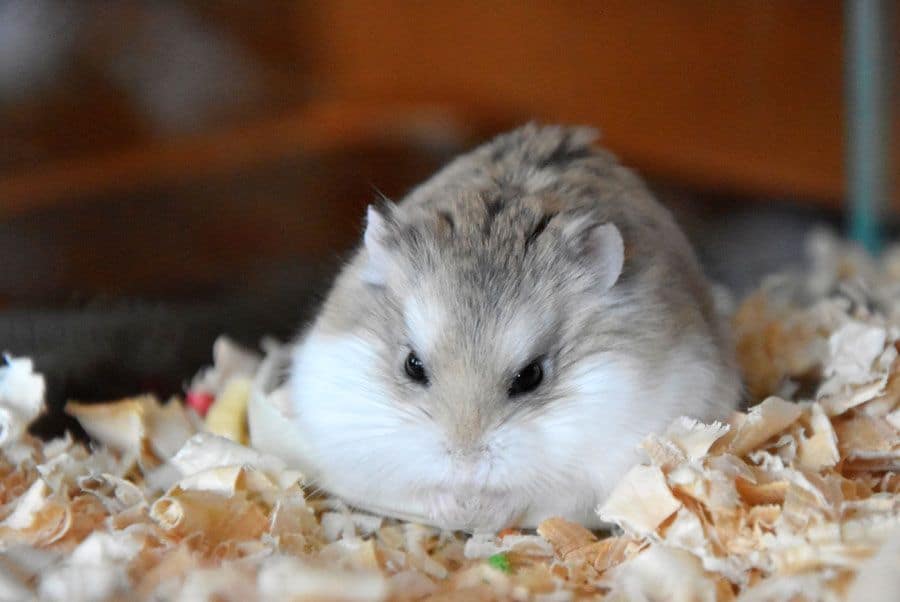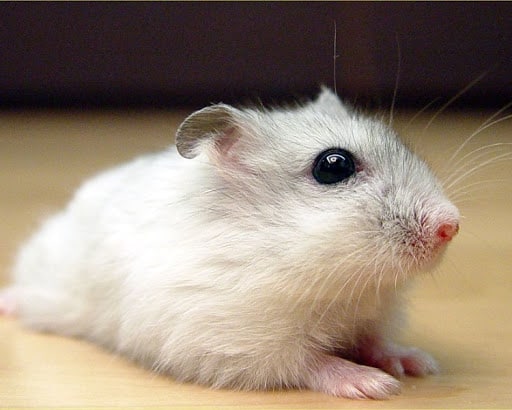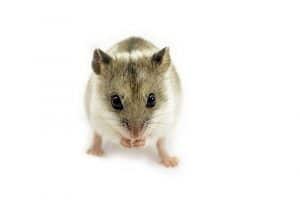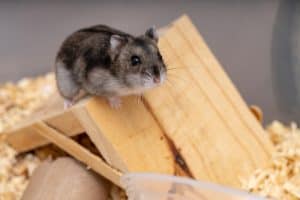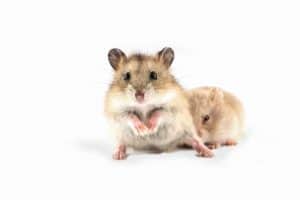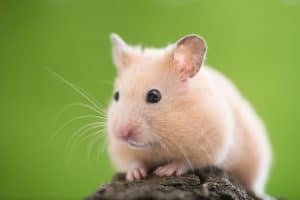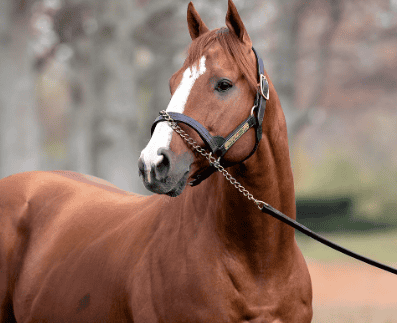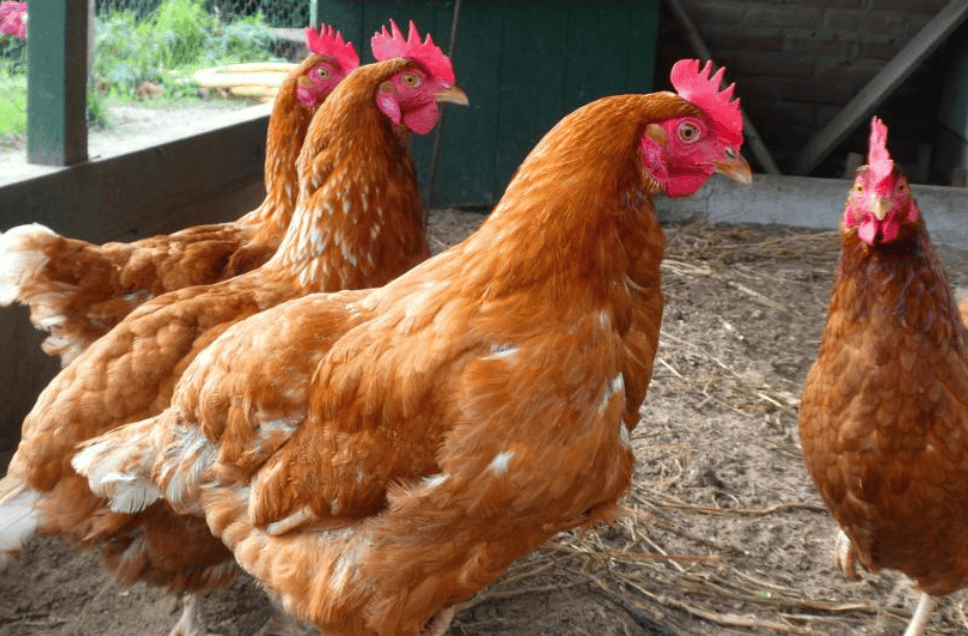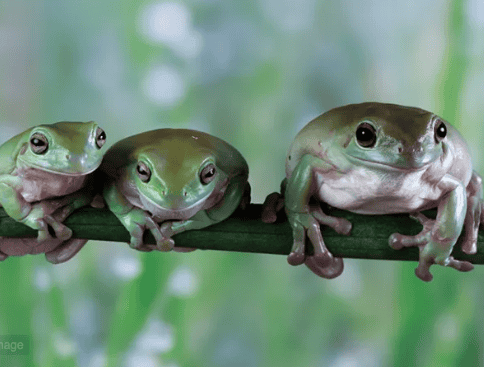For those who find dogs or cats too high maintenance but still want a pet, hamsters are an excellent alternative.
They are also incredibly cheap and cost a lot less to feed.
(A single $10 bag of hamster feed can last you months).
They are easy to keep clean as hamsters consistently groom themselves and cleaning their cage is very little work.
When choosing a hamster, there are a few things you should keep in mind.
- The breed of hamster.
- How many you plan to buy.
- The environment your masters will be living in.
Page Contents:
Is A Hamster An Easy Pet?
Compared to other domestic animals, hamsters are generally easier to take care of.
If you feel a hamster is the right fit, then there are several measures you should take to ensure they live their best life:
- Habitat: The ideal size for a hamster cage is 2 feet (length) by 1 foot (height) by 1 foot (width). This is enough space for a single hamster to be comfortable, but multiple hamsters will require a larger enclosure. The cage should be easy to clean and secure enough that the hamster won’t escape. Cages should be cleaned once a week. This includes washing the cage (as well as any accessories, like food dishes and toys) with mild soap and fresh bedding.
- Food: Hamsters can eat commercial hamster food, which can be supplemented by grains, fresh fruits, vegetables, and timothy hay. You can also treat them with spray millet. For extra protein, mealworms or small pieces of boiled eggs can be used.
- Nesting: Hamsters tend to gravitate toward one corner of their cage for nesting. If possible, the bedding in this area should be cleaned daily. You can purchase a plastic “igloo” for them to sleep in. Quick Tip: In colder months, you can place some cotton in your hamster’s enclosure. The hamster will use cotton as additional nesting material, keeping them nice and warm.
- Stimulation: Hamsters need exercise. They are capable of running up to 20 miles in a single day, so a running wheel is an absolute necessity for them. You can also place chewing sticks in the cage for them to chew on–hamsters, like all rodents, must constantly chew on things to wear down their teeth. Hamsters are naturally curious creatures and love exploration. Attaching tunnels and towers to their cage gives them more places to explore, and you can entice them to check out the new space by placing treats inside. Allowing them to run around in a hamster ball also provides the chance to explore while giving them much-needed exercise. Keep in mind that Hamsters are nocturnal creatures. It isn’t uncommon to hear them running on their wheel in the late hours of the night.
- Grooming: Hamsters are obsessive groomers and constantly keep themselves clean. You can provide them a sand bath to roll around in, but never fully bathe them with water. Exposure to water causes the hamster stress and also removes vital oils from their fur, which can potentially kill them. Only use a shallow dish of warm water in emergency situations (i.e removing a harmful substance from a hamster’s body).
The 5 Pet Hamster Breeds
When buying a hamster, it’s important to consider the breed you want. Each breed can grow to different sizes, need habitats suitable for them, and have their own unique temperaments.
Listed below are the 5 most common hamster breeds available for commercial purchase.
1. Chinese Hamsters
Chinese hamsters can grow up to 4-5 inches in length and are notable for their visible tails. They are also known as Chinese striped hamsters or Chinese dwarf hamsters.
(Though they are not technically dwarf hamsters, given their size.)
They are typically brown with a black stripe down their back. Like all hamsters, Chinese hamsters are mainly solitary creatures but can live with other hamsters if they are raised together. Chinese hamsters are known for their speed and gentle attitude, but they can also be skittish and nippy.
On average, their lifespan is 2.5 to 3 years.
2. Campbell’s Hamsters
These gray dwarf hamsters are between 2 to 3 inches in length. Campbell’s hamsters are very docile and do not mind being held or pet, though their agility may make it difficult to handle them. This friendly attitude makes them the most popular species of dwarf hamster to have as a pet.
They are more sociable than other hamster species and can be raised in same-sex groups if introduced at a young age. Once they reach adulthood, however, it is best to avoid introducing any new hamsters into a group.
Hamsters are infamously aggressive despite their small size, and they will kill any hamster they perceive to be a rival.
Quick Note: Campbell’s hamsters are also referred to as Russian dwarf hamsters. Since the majority of hamster species are native to Russia or surrounding countries, however, the name “Campbell’s hamster” is used to properly distinguish them.
3. Roborovski Hamsters
Commonly called “robo dwarf hamsters,” Roborovskis are the smallest type of hamster–they only grow up to 2 inches in length by adulthood. They are known for their tan coloring and white spots above their eyes.
(Which look like eyebrows).
Unlike other species, Roborovskis are very jumpy and are not usually receptive to being held. Their flighty nature is the result of higher activity levels, which also causes more stress than in other hamsters.
(Therefore limited contact between owner and pet is recommended).
On average, a Roborovski hamster lives about 2 to 3 years. Some specimens, though, have been observed living as long as 4 years, an incredibly long lifespan for a dwarf hamster.
4. Syrian Hamsters
Also known as golden hamsters, this species is one of the most commonly sold breeds in pet stores. They are also more hostile to other hamsters when compared to other breeds, going so far as to attack any hamsters they have been raised with.
Thus, they should be raised in solitude.
If by some chance they are raised in pairs…
The hamsters will fight until one assumes dominance and the loser will remain completely submissive around the winner, even enduring constant bullying from the dominant hamster without resistance.
Syrian hamsters can reach a length of 6 inches and live around 2 to 3 years.
5. Djungarian Hamsters
Djungarian hamsters are also known as “winter white hamsters,” since their fur turns completely white during the winter. The coat also becomes denser to keep them warm.
While Djungarians are easy to tame, they are very fragile in terms of health. All hamster species are prone to developing tumors, but Djungarians can also suffer from ear infections, constipation, and diabetes more commonly than other breeds. When feeding them, it’s important to keep their sugar intake balanced.
They are closely related to the Campbell’s hamster: in fact, the two species are commonly confused by most people. They are the only species of pet hamsters that can interbreed, but it is not recommended as this causes health problems in the offspring.
Are Hamsters Good Pets for Beginners?
As stated earlier, hamsters are remarkably low maintenance when compared to other domestic animals. They are cheap to care for and easy to clean up after.
They are an excellent choice for people who want to raise a pet without having to worry about the costs that come with animals like dogs, cats, or more exotic pets like birds and reptiles. However, they still require all the attention you would give any other animal.
This means committing yourself to routinely cleaning their cage, taking them to a vet if needed, and training them to behave properly.
The biggest downside to having a hamster is their short lifespan. Since all breeds only live a maximum of 3 years even in the best conditions, you won’t have as much time to spend with them as you would with a cat or dog. And if the hamster somehow escapes its cage, there is a good chance it will venture somewhere where you’ll never find it again.
Which Hamster Breed is the Friendliest?
Like all animals, each hamster has its own personality. Some will be very friendly toward humans (with proper training), while others may be nippy and difficult to handle even if you’ve had them for a while.
In general terms, Syrian hamsters are the friendliest toward humans. Since they are usually aggressive to other individuals of their breed, they don’t really have a lot of options for company. So, when raised by a human, a Syrian hamster will gladly see their owner as a playmate and friend.
The various dwarf hamster species tend to fall on a spectrum in terms of friendliness. Chinese hamsters are docile around humans but still very timid. They can live in groups, but if a fight breaks out they will have to be permanently separated.
(Hamsters hold lifelong grudges toward their rivals.)
Roborovskis, on the other hand, are incredibly difficult to tame. They’re by no means dangerous or ill-tempered, but only pet owners who have prior experience raising hamsters tend to raise these feisty little creatures.
Other Notable Hamster Breeds
Ciscaucasian Hamster
This species of hamster is also known as the ‘Georgian’ hamster because it is primarily found only in Georgia and Russia. This hamster is known to live around grasslands and mountains at higher elevations.
This hamster is larger than most, with a body that spans about 11 inches. Many consider this hamster beautiful, with a yellowish brown color, white throat, and a black-colored ventral region. This hamster also has uniquely large rounded ears that stand out from other hamsters.
While one of the cuter species of hamster, you don’t typically see these species as pets. They primarily live in the wild feeding on grasses, herbs, seeds, and a variety of crops.
Grey Dwarf Hamster
This species of hamster extends from Eastern Europe all the way through the Middle East, Russia, and Central Asia.
The Grey Dwarf Hamster is known for its deep burrowing, digging as deep as 5 feet beneath the ground. This species also doesn’t hibernate, so they go through year-round foraging for roots, plants, seeds, and small bugs.
